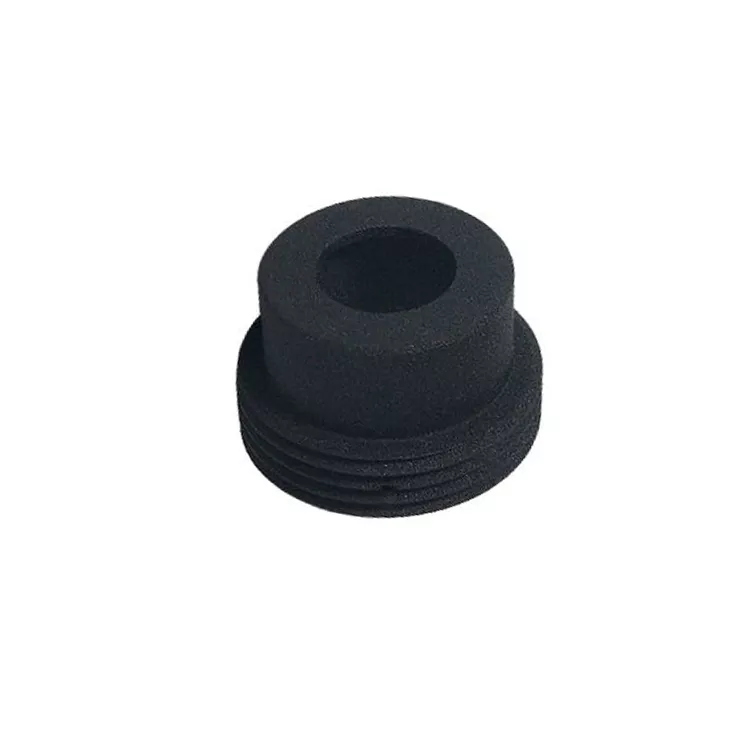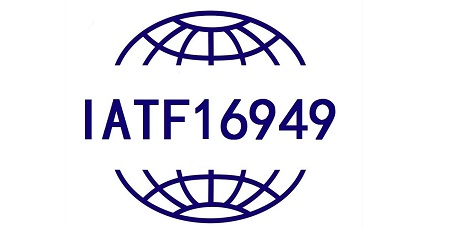Custom 5 Axis CNC Machining Services
Whether it’s for prototyping or full-scale production, 5 Axis CNC machining services offer tailored solutions that meet precise design requirements, ensuring that every detail is crafted to perfection.
ISO 9001:2015 I IATF 16949

Pros and Cons of 5 Axis CNC Machining Parts
| Advantages | Disadvantages |
|---|---|
| Complex Geometries | Higher Costs |
| Capable of producing highly intricate designs that are difficult with fewer axes. | Higher initial investment and maintenance costs. |
| High Precision | Complex Programming and Operation |
| Achieves superior precision and accuracy, crucial for demanding industries. | Requires advanced skills and training to operate and program. |
| Improved Surface Finish | Software Requirements |
| Allows for better surface finishes, reducing secondary finishing needs. | Needs sophisticated CAM software, adding to the costs. |
| Reduced Setup Time | Increased Maintenance |
| Fewer setups needed, enhancing production speed and reducing error chances. | More complex machinery requires meticulous ongoing maintenance. |
| Efficient Material Usage | Potential for Overkill |
| More precise tool movements minimize material waste. | May not be necessary for simpler projects, leading to inefficiencies. |
Precision 5 Axis CNC Machining Parts and Products
Precision 5-axis CNC machining is a highly specialized manufacturing process that enables the creation of intricate and complex parts with extremely tight tolerances.
Materials of 5 Axis CNC Machining
Aluminum
Aluminum is a lightweight, corrosion-resistant metal ideal for applications requiring a high strength-to-weight ratio and good thermal conductivity. It’s easy to machine and extensively used in aerospace, automotive, and consumer electronics. Common types of aluminum alloys like 6061 and 7075 offer enhanced mechanical properties, such as improved toughness and hardness.
- Price: $$
- Lead Time: 10 days
- Wall Thickness: 0.75 mm
- Tolerances:+/-0.125mm (±0.005″)
- Max part size: 200 x 80 x 100 cm

Copper
Copper is highly conductive to both heat and electricity, making it popular in electrical applications, heat exchangers, and automotive parts. It is relatively easy to machine and provides a unique combination of ductility, strength, and thermal conductivity. Its natural resistance to corrosion and aesthetic appeal also make it a choice material for decorative applications.
- Price: $$$
- Lead Time: =10 days
- Wall Thickness: 0.75 mm
- Tolerances: plusmn;0.125mm (±0.005″)
- Max part size: 200 x 80 x 100 cm

Brass
Brass is an alloy of copper and zinc, known for its machinability and corrosion resistance. It’s often used for decorative items, plumbing fixtures, electrical components, and musical instruments. Brass provides a balance between strength and ductility and can be easily machined into complex shapes.
- Price: $$$
- Lead Time: < 10 days
- Wall Thickness: 0.75 mm
- Tolerances: ±0.125mm (±0.005″)
- Max part size: 200 x 80 x 100 cm

Stainless Steel
Stainless Steel is renowned for its corrosion resistance and strength. It’s widely used in food processing equipment, medical devices, and general metal fabrication. Stainless steel alloys, like 304 and 316, offer a good balance of corrosion resistance, machinability, and cost-effectiveness. It’s a versatile material suitable for a wide range of applications.
- ?Price: $$
- ?Lead Time: < 10 days
- ?Wall Thickness: 0.75 mm
- ?Tolerances: ±0.125mm (±0.005″)
- ?Max part size:200 x 80 x 100 cm

Titanium
Titanium is known for its exceptional strength, lightweight, and high corrosion resistance. It’s often used in aerospace, medical implants, and high-performance automotive applications. Titanium is challenging to machine but offers superior mechanical properties and a very high strength-to-weight ratio, making it ideal for advanced engineering applications.
- ?Price: $$$$$
- ?Lead Time: < 10 days
- ?Wall Thickness: 0.75 mm
- ?Tolerances: ±0.125mm (±0.005″)
- ?Max part size: 200 x 80 x 100 cm

Plastics
Plastics in CNC machining offer versatility and a wide range of mechanical properties. Common plastics like ABS, Nylon, and Polycarbonate are lightweight, corrosion-resistant, and offer varying degrees of strength and flexibility. Plastics are used in applications from consumer products to automotive components, where complex shapes and low production costs are priorities.
- POM
- Nylon
- ABS
- PEEK
- PTFE
- PC
- HDPE
- PVC
- PMMA
- PET
- PP

10 Things You Didn’t Know About 5-Axis CNC Machining
| Topic Number | Topic Description |
|---|---|
| 1 | Tool Path Optimization - Strategies for maximizing efficiency and precision in tool movements to reduce machining time and improve part quality. |
| 2 | Advanced Material Machining - Challenges and solutions for machining hard-to-cut materials like titanium, Inconel, and composites using 5-axis technology. |
| 3 | Integration of CAD/CAM Software - Best practices for leveraging CAD/CAM software to enhance the capabilities of 5-axis machining and streamline the production process. |
| 4 | Machine Calibration and Maintenance - Techniques for maintaining high precision and accuracy, including regular calibration and upkeep of 5-axis CNC machines. |
| 5 | Surface Finish Improvements - Methods to achieve superior surface finishes on complex geometries, exploring the impact of tool orientation and speed settings. |
| 6 | Adaptive Machining - Utilizing real-time data and feedback to dynamically adapt machining processes, improving outcomes in complex applications. |
| 7 | 5-Axis Fixturing and Workholding - Innovative approaches to fixturing and workholding that maximize access to the workpiece, essential for machining complex parts. |
| 8 | Simulation and Virtual Testing - The role of virtual simulations in predicting issues and optimizing processes before actual machining, to minimize material waste and machine time. |
| 9 | Impact of 5-Axis Machining on Design Innovation - How the capabilities of 5-axis machining are pushing the boundaries of design and manufacturability. |
| 10 | Cost-Benefit Analysis of 5-Axis vs. Multi-Setup Machining - Economic considerations that determine when the investment in 5-axis technology is preferable to traditional methods due to reduced labor and increased throughput. |
Post Processing Services for Sheet Metal Stamping Parts
Proper post-processing not only enhances the welded product's appearance but also significantly boosts its performance and lifespan.


